The bright lights of Broadway are stunning, sure. But our planet has its own way of lighting up the night sky on its own, without manmade structures.
The Northern Lights are a vibrant display of colors, from blue to green to red, that paint themselves across the night sky intermittently throughout the year.
Also called the aurora borealis, the Northern Lights are a seemingly random occurrence that captivate us as much as a good play. What’s more, their show is free. There’s so much to do in New York, but for once you can forgo the limelight of the city for mother nature’s attraction.
Can you see the Northern Lights in New York?
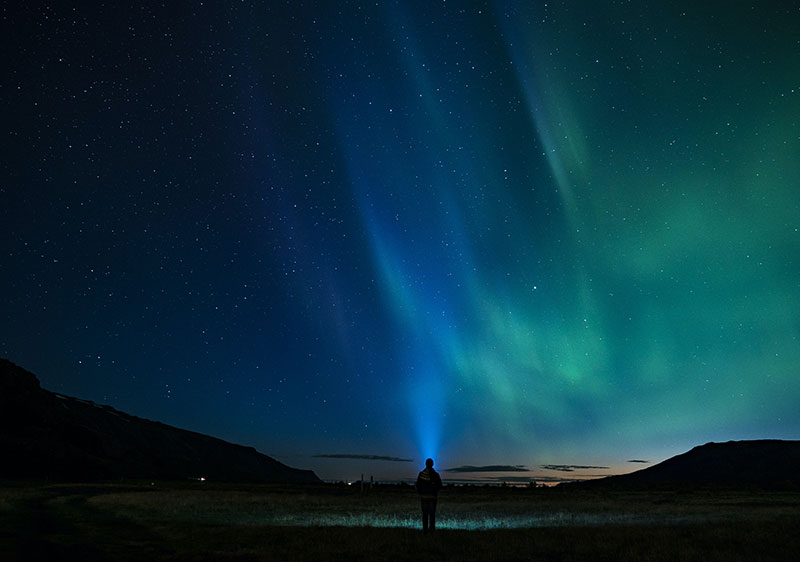
Yes, with a catch: it depends on where you are in the state. Upstate? Sure! The Big Apple? Not so much. One photographer living in upstate New York has vivid proof of the aurora coming out in full force in the upper regions of New York state.
Have the Northern Lights ever been visible in New York?
As recently as April 2022, forecasts have spoken about the possibility of seeing the Northern Lights from New York.
Similar reports date back through the past six months, forecasters predicting high electromagnetic activity rates. The most recent photographic evidence posted online was from an aurora in October 2021, when a photographer in the Adirondacks captured a display in hues of green and gold.
What is the Kp-index and how does it relate to seeing the Northern Lights in New York?
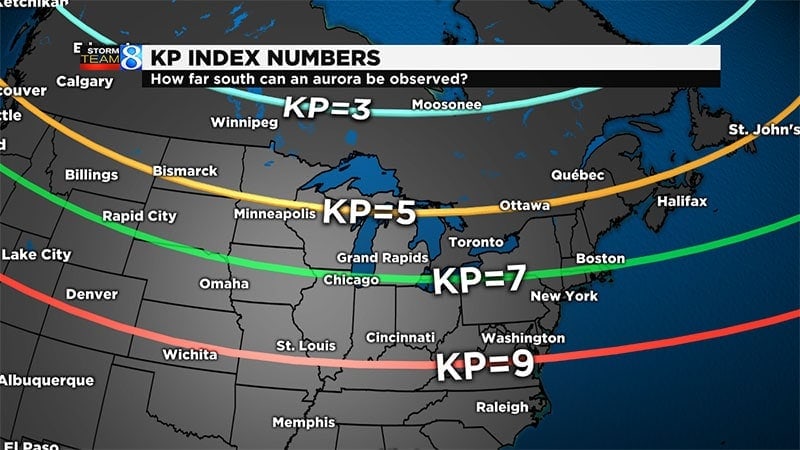
The Kp-index is a scale of 0-9 that rates geomagnetic activity. It’s used as a forecast to predict when the aurora will be most active.
The measurements are taken over a three hour period and adjusted based on the latitude the recording was taken from so they can determine how likely it is to see the Northern Lights in that exact place.
A rating between 0 and 4 suggests that we are not likely to see the aurora. A high rating such as a 7 would be required to be able to see the Northern Lights in the northern half United States – the further south you go, the less likely you’ll be to see the aurora.
Your location in the state can affect your Northern Lights viewing. Depending on where you are a 6 is, generally speaking, needed for a chance to see the aurora in the Empire State.
Despite this relatively high rating though, the odds are not as reassuring as they are for places like Bismarck, North Dakota which averages a mere 4 and sees the Northern Lights much more often than New York.
Why aren’t the Northern Lights as visible in New York as other places, like Alaska?
While Paris is the (un)official City of Lights, New York is not far behind, being four times as populated and more than seven times as big.
Essentially, it gives off a lot of light. Light pollution is deadly to the aurora. Not literally – light pollution is physically harmless and completely reversible, but not in New York City, the city that never sleeps.
The amount of light pollution from the metropolis is so great that it covers most of Long Island, spreads down the coast through New Jersey, and all the way up through Hartford, Connecticut and beyond.
If you want any chance to see stars, let alone the Northern Lights, you’ll have to trek upstate, far beyond the city’s glare.
This is why other places and states with a lower Kp-index have a greater likelihood of seeing the aurora. Places like Alaska don’t have this problem, especially when the entire state’s population is about 1/3rd the size of Brooklyn alone.
What conditions make it possible to see the Northern Lights?
You need the best conditions to be able to see the Northern Lights in all their splendor. To make sure you get the best view, keep an eye out for these weather forecasts:
-
the precipitation; first of all, you won’t want to be outside all night if it’s meant to rain. Secondly, rain impairs your vision of the night sky, meaning that your view of the Northern Lights will be compromised.
-
cloud cover; Dry nights may not mean clear nights. A cloudy night sky can block out the stars, meaning that it can also block out the aurora.
-
Kp-index; It’s almost essential to check if the Kp-index has spiked in your area. In New York, for example, a 7 or higher means that you’re much more likely to be able to see the aurora. But it’s not guaranteed, so don’t get mad at the Kp-index if you don’t see anything that night.
-
the phases of the moon; more moon means more moonlight. Believe it or not, that’s a form of light pollution. Natural as it may be, a full moon can affect the brilliance of the Northern Lights, even detract from them.
The best places to see the Northern Lights in New York:
Adirondack Park
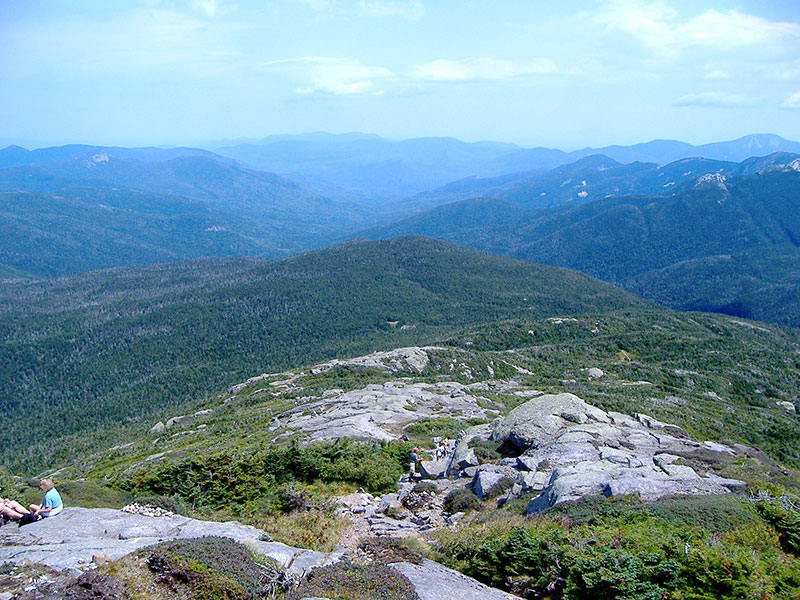
(photo: Idawriter)
A Natural Historic Landmark and one of the first Forever Wild Forest Preserves, The Adirondack Park is the largest publicly protected area in the lower 48.
It’s free to enter and it’s open 24/7, making it a perfect location for night sky watching. Spread across the Adirondack Mountains, the park is full of mountainscapes, forests, and waterways.
There are over 2,000 miles of trails to travel throughout. If you prefer to spend the night in comfort, rather than driving up after dark, you can camp overnight at assigned campgrounds, in the backcountry, or with your RV.
Allegany State Park
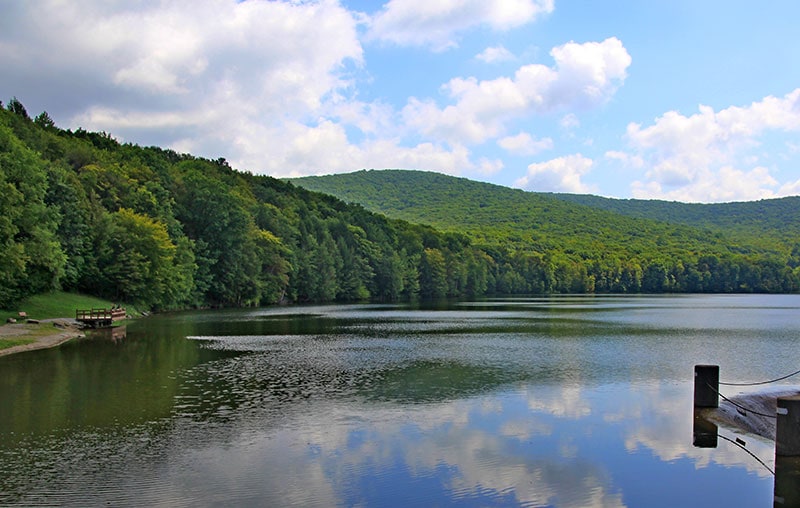
(photo: diego_cue)
Allegany State Park is split into two sections: the Quaker Area and the Red House Area. Both halves offer hiking, biking, horse riding, hunting, fishing, and more.
With so much to do in the state park, you should probably stay overnight. There are 189 campsites in the Quaker Area and 125 in the Red House Area with varying nightly rates.
If you prefer something with a bit more amenities, cabins are also available to reserve at a premium. It’s an ideal location to go as it is set far away from major cities.
Golden Hill State Park
Set on the coast of a Great Lake, Golden Hill State Park is set far from the mountainous terrain of the western half of the state. Its shoreline hikes offer breathtaking views of Lake Ontario.
While you can spend the night at one of their campsites, they also over a glamping alternative – rent a yurt, set up for you, that can accommodate six people and even have a fridge and microwave.
The park closes at 9pm for day use, so you will have to stay overnight if you want to try and catch the aurora.
Letchworth State Park
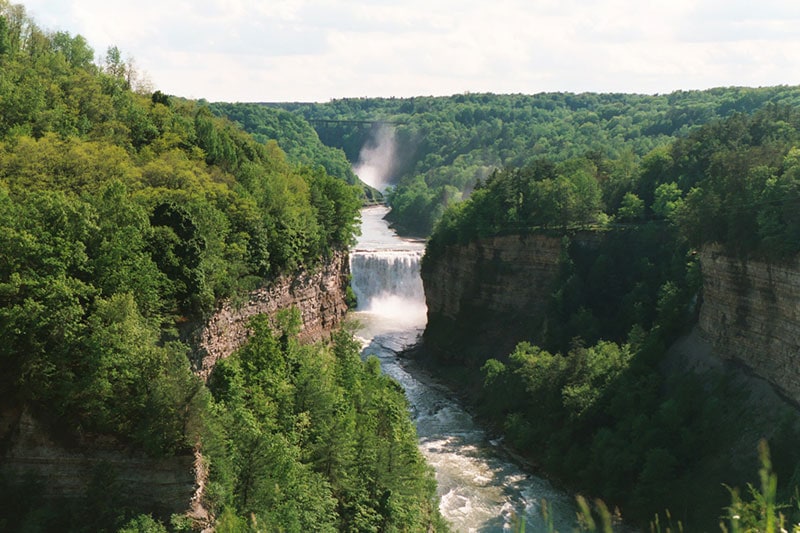
(photo: Andreas F. Borchert)
Another natural wonder, Letchworth State Park has been voted the best attraction in New York state for five years running. Just past the Finger Lakes, it’s been called the Grand Canyon of the East.
The Genesee River pushes through the gorge, creating three waterfalls along its route. It’s open year ‘round and until 11pm for day users, but you can also camp in one of their many sites – 348 pitches to be exact.
Letchworth is a good example of a State Park that remains open late, allowing for night sky viewing. Its distance from major cities further makes it a promising possible location to watch for the Northern Lights.
Tips to see the Northern Lights:
-
Check the weather. Remember our outline of what conditions make it possible to see the aurora? Make sure you check for prime conditions before planning a grand, nighttime adventure.
-
Leave the cities and big towns. As we said, the light pollution from New York City is incredible. Head well upstate and away from civilization.
-
Plan ahead. The Northern Lights can show any time from sunset to sunrise, most likely in the dead of night when it’s the darkest. Have a nap the day before, pack a thermos of coffee for the wait, and be patient. You never know when they’ll show.
-
Be prepared. Long wait in chilly weather? Wrap up, bring a blanket and hot drinks. Make sure your electronics are charged so you don’t miss that jaw-dropping photo op and even consider bringing a battery-powered flashlight so you don’t waste your phone. Hiking a trail? Scope out your route in advance, it’ll be harder to navigate in the dark.

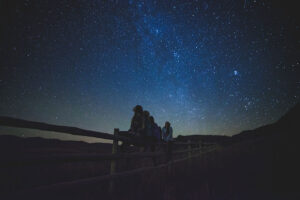
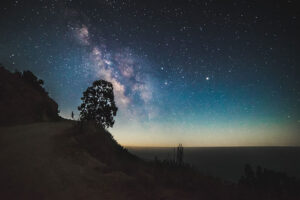
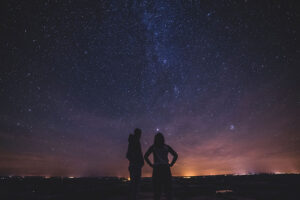
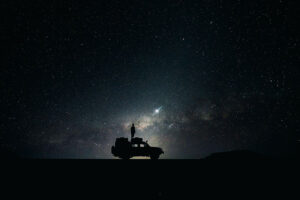
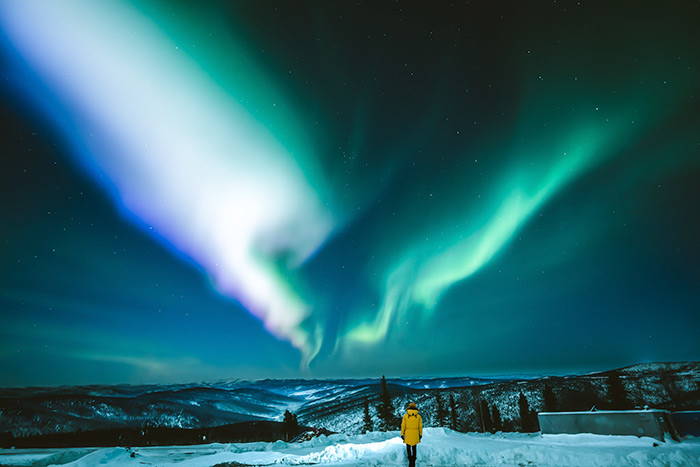
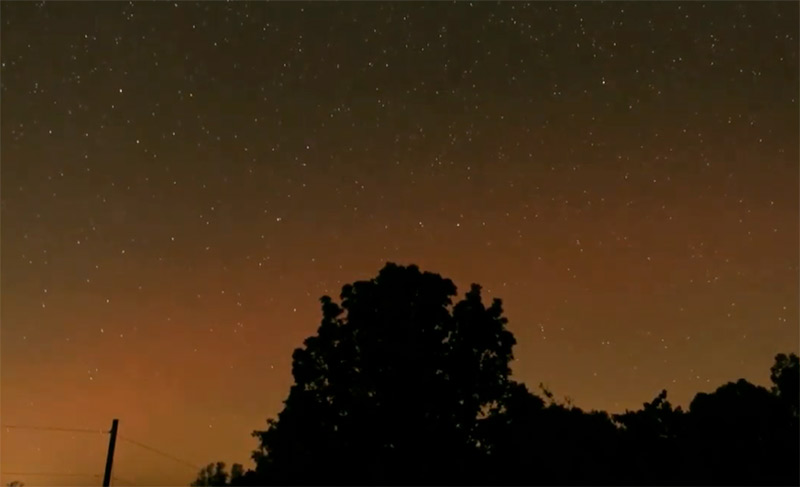
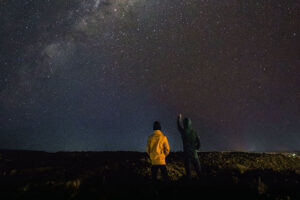
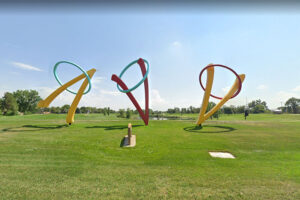
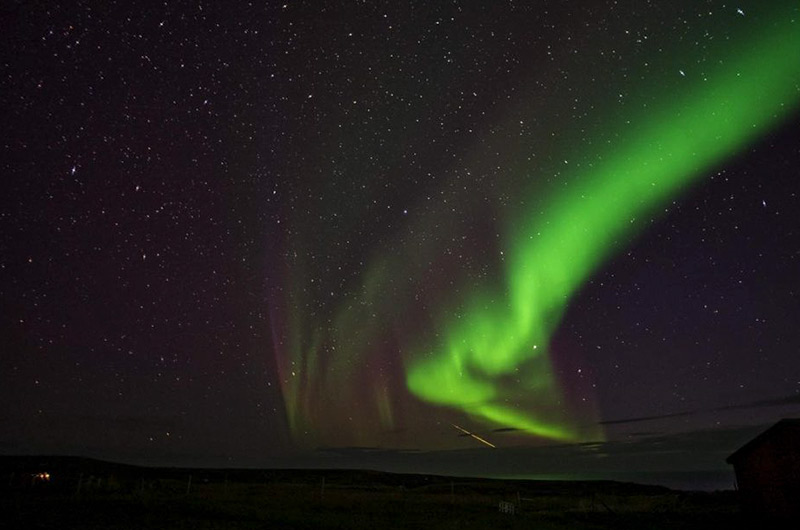
Leave a Reply